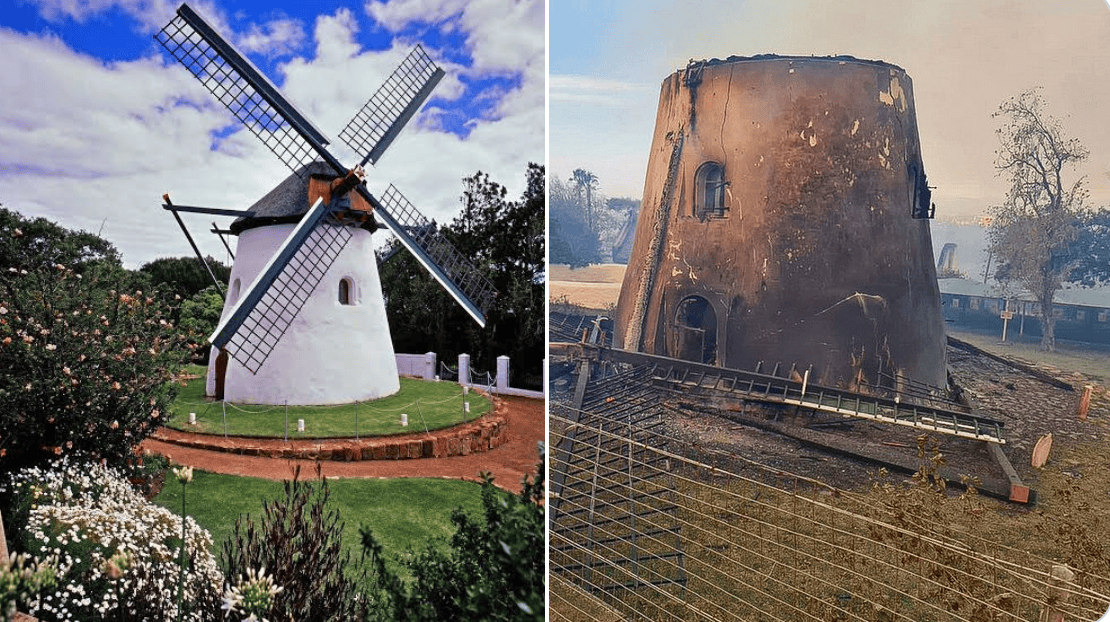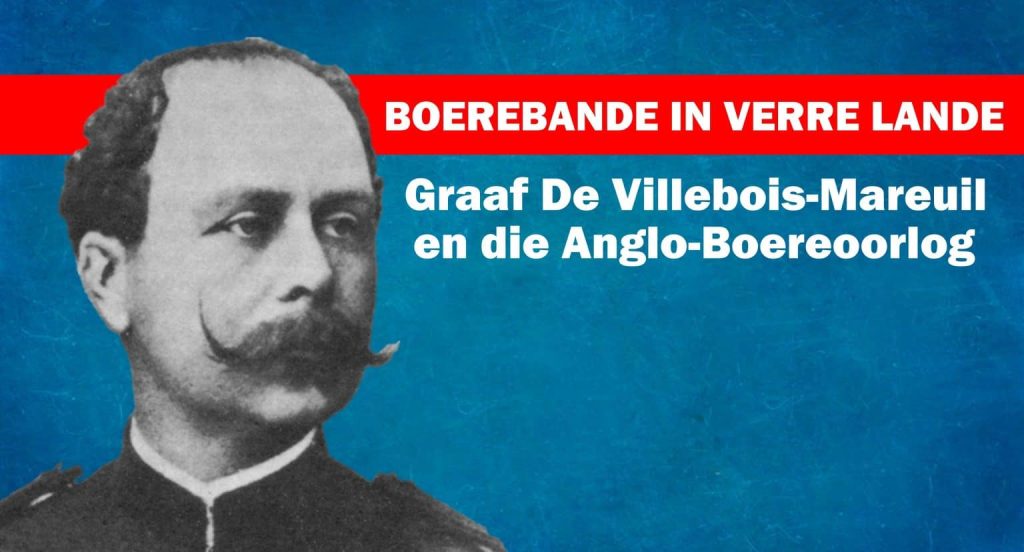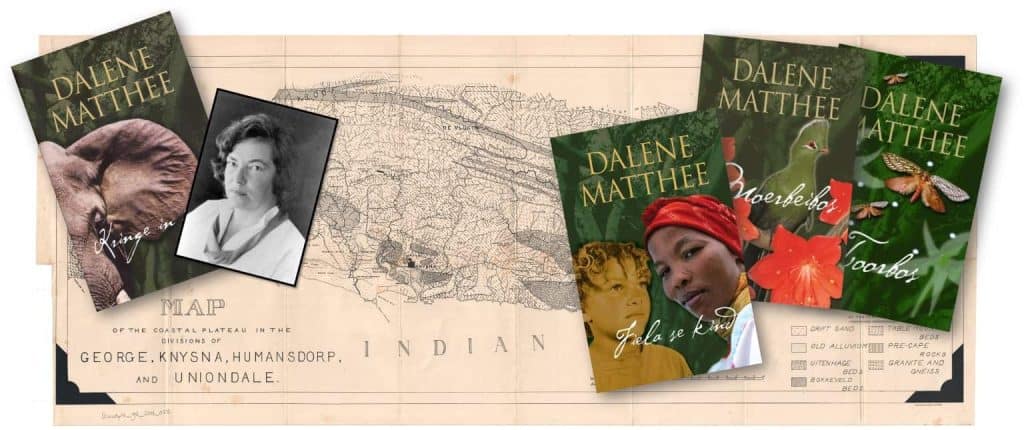By Alana Bailey
With the establishment of a refreshment post at the Cape in 1652, the supply of ground grain to the local community and visiting ships was an essential chore. Initially, a kind of horse-mill was used to do the grinding. In the absence of horses however, oxen were harnessed to propel it. Livestock theft complicated the task and so, armed with their knowledge of the use of wind power, Cape colonists decided that windmills would provide an ideal answer. Unfortunately, the Cape’s severe windstorms often damaged mills, causing the millstones to literally grind to a halt. In 1717 the Dutch authorities therefore decided that specialist masons, carpenters, bricks and materials should be sent to the Cape in order to erect a mill that would withstand the elements. This is how the so-called “Oude Molen” was built. Today, sadly, only its name survives on maps of Cape Town.
By the end of the eighteenth century, many farms fanned out on the slopes of Table Mountain. Farm names from that time can still be recognised in the names of neighbourhoods such as Oranjezicht and Vredehoek. Here, families such as the Smutses, Van Bredas and Hofmeyrs farmed the fertile soil.
In time, more mills were erected ‒ including some in private ownership. The best known of these is the compact Mostert’s Mill, which was built in about 1796 on Welgelegen, the farm of Dirk Gysbert van Reenen. Van Reenen’s daughter later married a Mostert and thus the mill came to its name.
By 1873 it had become dysfunctional and started falling into disrepair. From 1935, however, it was thoroughly restored with government funding, as well as support of the Dutch government. Chris Bremer of a Dutch milling company close to Groningen, travelled to the Cape to undertake this project. He found that most parts of the mill had been preserved and endeavoured to repair and preserve as much of it as possible. Missing parts were manufactured in the Netherlands and shipped to South Africa.
On 1 February 1936, the mill was put in motion by the Netherlands’ Minister Plenipotentiary and Envoy Extraordinary, Dr H.A. Lorentz. This formed part of a ceremony where the then Prime Minister, General J.B.M. Hertzog, was also present. Subsequently in 1940 it was declared a national monument. In 1986, the windshaft broke and the sails collapsed, but it was repaired under the supervision of the Department of Public Works. The mill required more comprehensive restoration and in 1993, a group of heritage enthusiasts established the NGO, “Friends of Mostert’s Mill”. They negotiated with the Department and in 1995 the mill was restored at a cost of about R245 000 by the same firm that had performed the task in 1935/6. Repairs were also done again in 2015 ‒ photos of the process can be seen on the mill’s official website, http://www.mostertsmill.co.za.
Mostert’s Mill eventually became the only remaining working windmill south of the Sahara in Africa. In recent years, the mill has often been open to the public on Saturdays to see first-hand how it operates, but in 2020, COVID-19 restrictions prevented the demonstrations from taking place. Most visitors to Cape Town saw it next to the highway ‒ a reminder of a bygone era in our history.
On Sunday, 18 April 2021, the same wind that had breathed life into the mill for so many centuries, turned into a deadly enemy and caused a fire that started on the slopes of the mountain to spread across the highway to the mill. Major damage was caused, but it still appears as if many of the remains might be reusable. Plans for the repair of the mill are already in full swing, but the cost could easily amount to more than half a million Euros, according to estimates of the firm of Groningen responsible for the restoration projects of 1935/6 and 1995.
Members of the public who would like to make a contribution, can deposit a donation into the bank account of the NGO, Friends of Mostert’s Mill. The details are: Standard Bank, current account “Friends of Mostert’s Mill”, number 077 441 672. The branch code is 051001. AfriForum will definitely contribute too.
A crowdfunding project was also launched by Dutch supporters. This may be an easier option for people with non-South African bank accounts. See https://www.gofundme.com/f/mosterts-mill-restoration-fund?qid=6cd82a94549618199c2779274ed42ef0.

Do any readers have special memories of a visit to this unique old mill, or treasured photos of it? Tell us about it at Worldwide and please help to have it rebuilt and preserved for posterity.




















